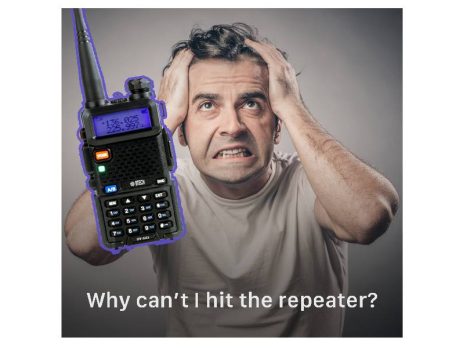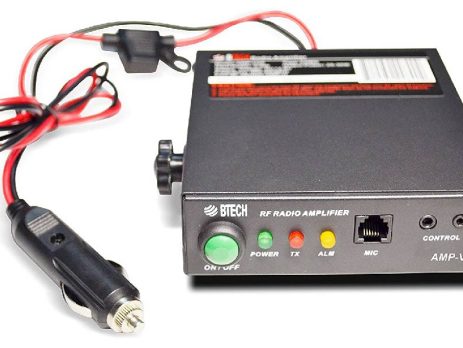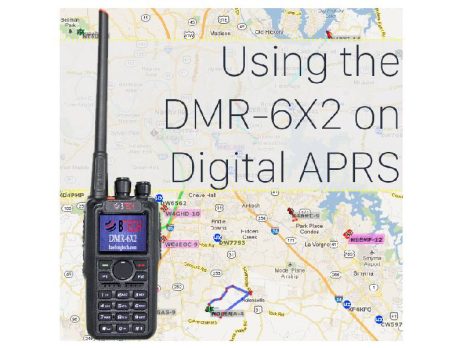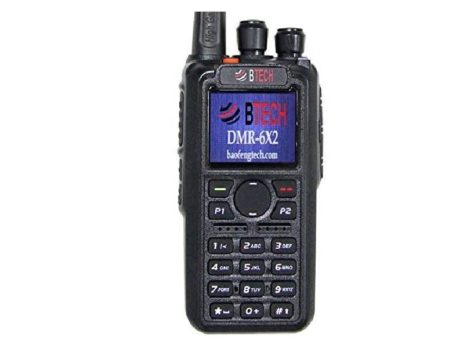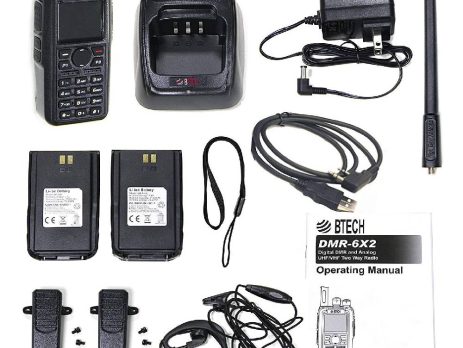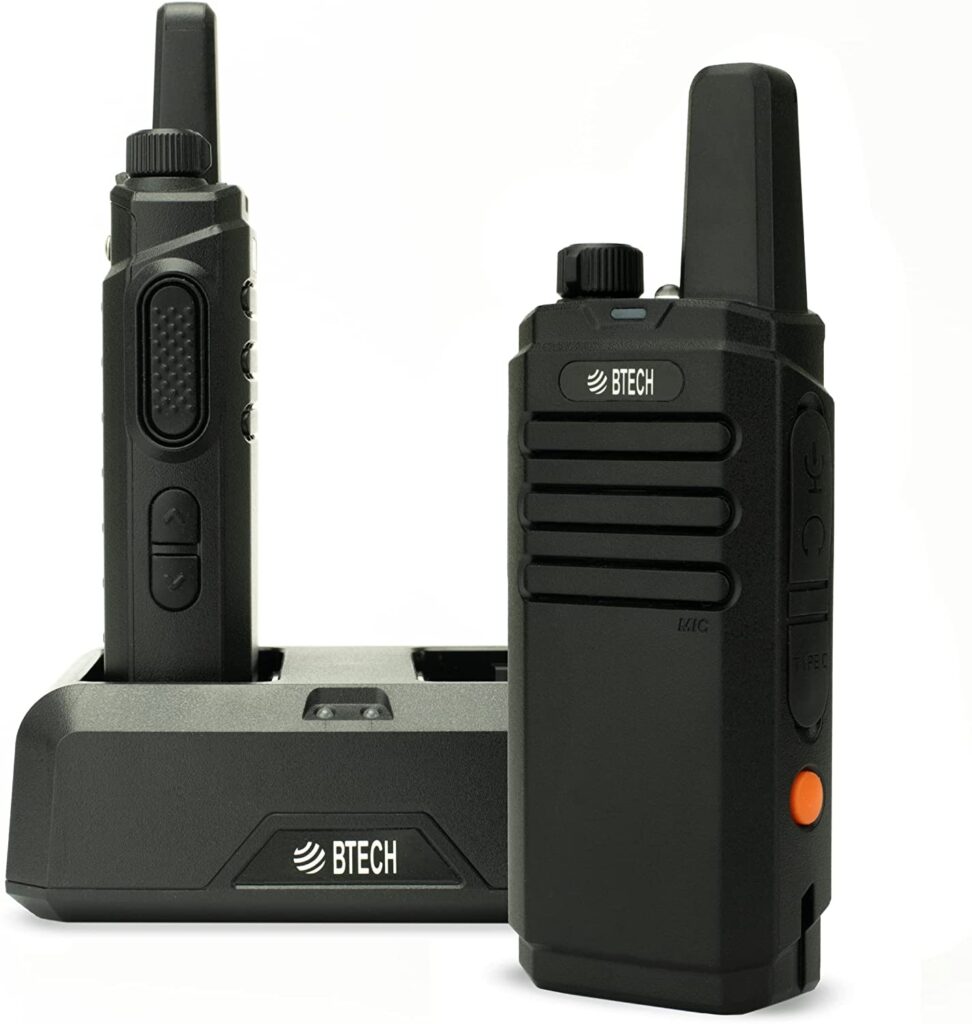Why can’t I hit the repeater?
One of the first things that many new radio amateurs do is to purchase a handheld radio, like the BTECH UV-5X3 (right), to talk with their friends on a local repeater. After programming the radio, they're often able to hear the repeater, but not access it. When this happens, the first question out of their mouths is, “Why can't I hit the repeater?” This is such a frequent problem, that there's even a question (T2B04) on the Technician Class exam that...


